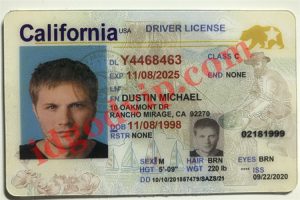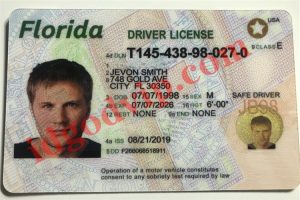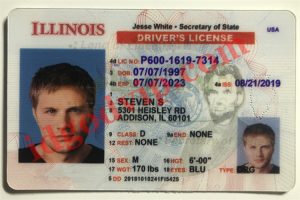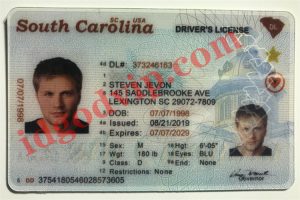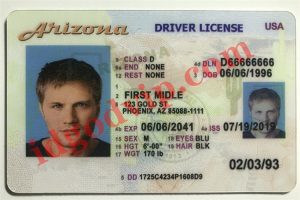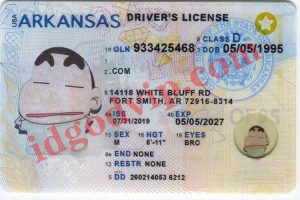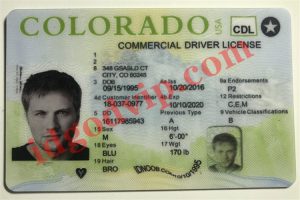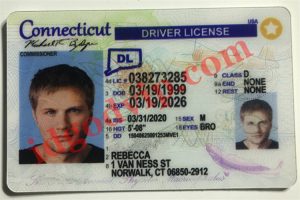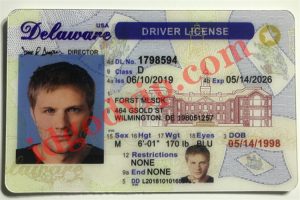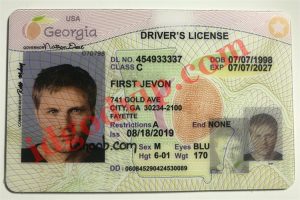Step-by-step instructions for identifying fake IDs
In the highly saturated foodservice industry, foundations that sell alcohol enjoy brutal interests. In 2019 alone, beer was traded at nearly $35 billion and spirits traded at over $29 billion. Bars and breweries may be the most reliant on alcohol trading, but even fully managed restaurants generate up to 25% of their revenue from alcohol trading. The way to start an efficient liquor trading industry is to obtain a liquor license, and the biggest danger of liquor licenses is neglecting to detect id card fakes and serving minors.
We’ve created a far-reaching counterfeit ID playbook to show you the following:
The Most Effective Ways to Prepare During the COVID-19 Pandemic
During the COVID-19 pandemic, restaurants and bars have pioneered new functional approaches, from creating alcohol delivery management to creating action item mixed beverage units. Keeping up with legal social distancing and adhering to CDC rules makes preparing for visitor testing completely impractical. We’ll figure out how to keep up with social distancing and distinguish the hidden visitors below.
Step-by-step instructions for checking personal ID when customer wears quilt
· Make sure that the eyes of the individual match who they are.
While actual attributes (such as weight and hair color) may fluctuate, it’s still helpful to examine individuals and investigate whether they look like their ID photo.
· If you are unsure, ask the scannable fake id holder for their ID.
· Have ID holders pull down their face protectors so you can temporarily examine their entire face.
· If you are unsure whether an insured ID holder’s ID matches their ID, remember that you retain the privilege of denying alcohol in good faith. The price of losing a solo deal isn’t exactly losing an alcohol license.
The most efficient way to reduce touchpoints while actually looking at IDs
· Ask the customer to put the best fake id face up on a plate for investigation. This allows your rep to review it without actually getting in touch.
· Assuming the ID has all the flawed marks, put on gloves and actually look at it.
· Put resources into ID standardized label scanners or mobile phone apps to enable customers to self-check.
